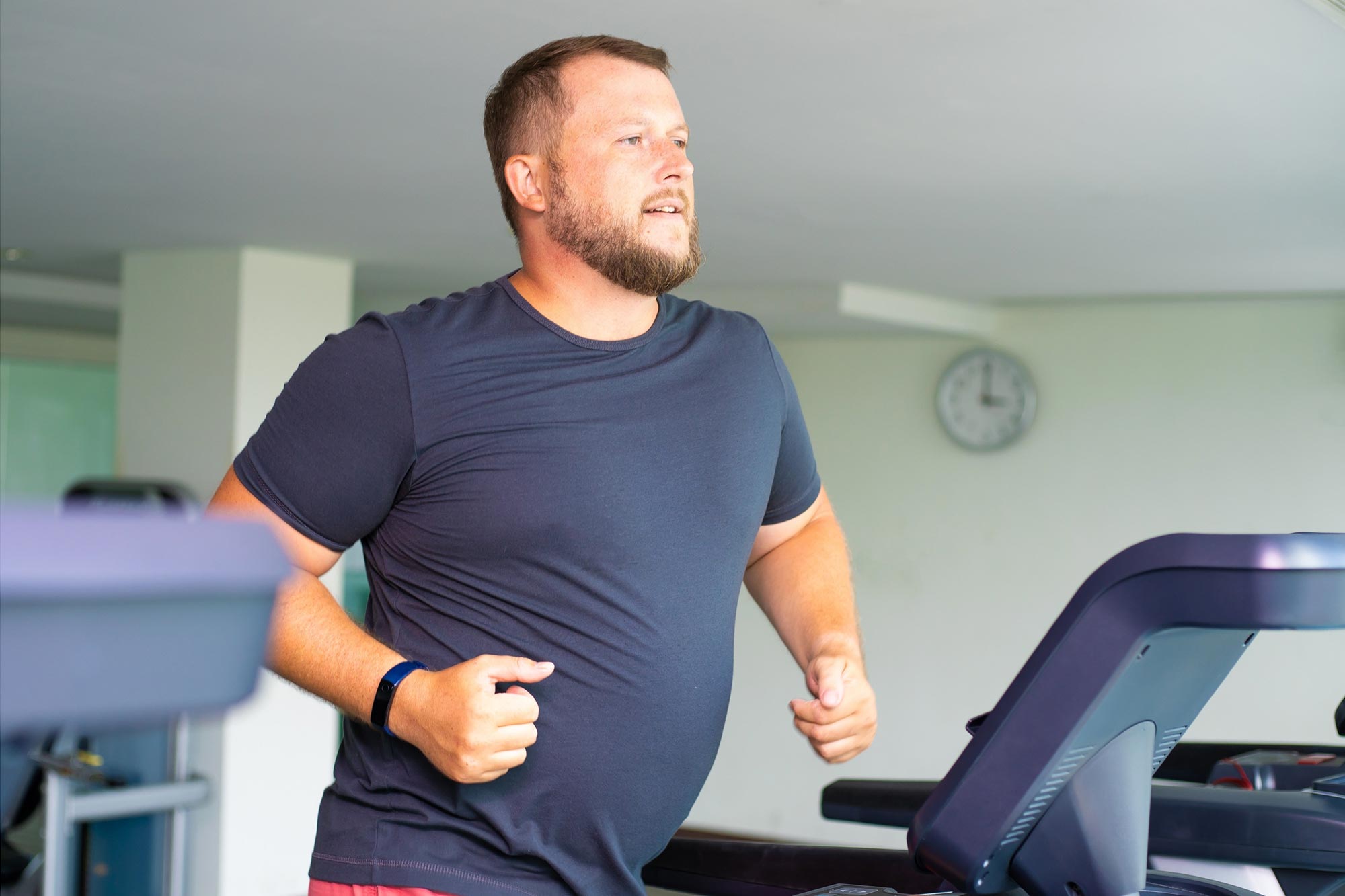A new study highlights that the best type of exercise for managing type-1 diabetes varies by gender, with men benefiting from tailored interval exercises based on their initial blood sugar levels, and women responding well to both interval and continuous exercises. This research supports personalized exercise guidelines to prevent hypoglycemia.
A recent study has identified the most effective forms of exercise for individuals with type-1 diabetes.
The research was led by the Universidade Federal do Vale do São Francisco in partnership with Staffordshire University to investigate training optimization for diabetic patients.
“This study is important because diabetic patients often lack motivation to exercise as a means of managing their condition,” explained Dr Pooya Soltani from Staffordshire University.
“One reason for this is that physical activity can lead to blood sugar drops, causing discomfort and demotivation. We investigated whether the type of physical activity could mitigate these blood sugar drops.”
Study Methodology
19 people with type-1 diabetes participated in two randomized trials to measure glycemic and cardiovascular responses after interval exercise and continuous exercise.
All participants took part in 30 minutes of moderate aerobic exercise on a treadmill. The interval aerobic session involved alternating 1-minute intervals at 40% and 60% of estimated maximal oxygen consumption (VO2max). The continuous exercise was performed at 50% of VO2max.
Heart rate, blood pressure, and blood glucose levels were measured before, immediately after, and 20 minutes after the sessions. Rates of perceived exertion and enjoyment levels were also assessed.
Similar cardiovascular, rates of perceived exertion, and enjoyment levels were found across genders and sessions. However, the research identified differences in blood glucose levels between male and female participants, with greater reductions in men.
Gender-Specific Findings
Men showed a higher rate of blood glucose reductions immediately after and 20 minutes after continuous aerobic exercise, as well as immediately after interval exercise. In contrast, women showed reduced blood glucose values only after continuous exercise.
The findings show that gender-specific differences are important when prescribing exercise for patients with type-1 diabetes, to avoid higher glucose decreases which can cause hypoglycemia episodes.
Dr Jorge Luiz de Brito-Gomes from Universidade Federal do Vale do São Francisco said: “Our study showed that for male patients, interval exercise, such as short bursts of walking, is preferable when starting with low blood sugar levels. Conversely, continuous exercise, like running, is more suitable for those with higher initial blood sugar levels. These approaches can help prevent sudden blood sugar drops.
“For female patients, both interval and continuous aerobic exercise appear to be effective starting points. We hope these findings show that gender-specific recommendations should be considered for aerobic exercise prescription, especially for men with irregular physical activity levels.”
Reference: “Gender-Related Glycemic and Cardiovascular Responses After Continuous and Interval Aerobic Sessions in Patients With Type 1 Diabetes: A Randomized Crossover Study” by Tamy Beatriz Freire de Sá Martins, Orlando Vieira Gomes, Pooya Soltani, Thalles Henrique Rodrigues Oliveira and Jorge Luiz de Brito-Gomes, 31 July 2024, The American Journal of Cardiology.
DOI: 10.1016/j.amjcard.2024.07.028





















Discussion about this post